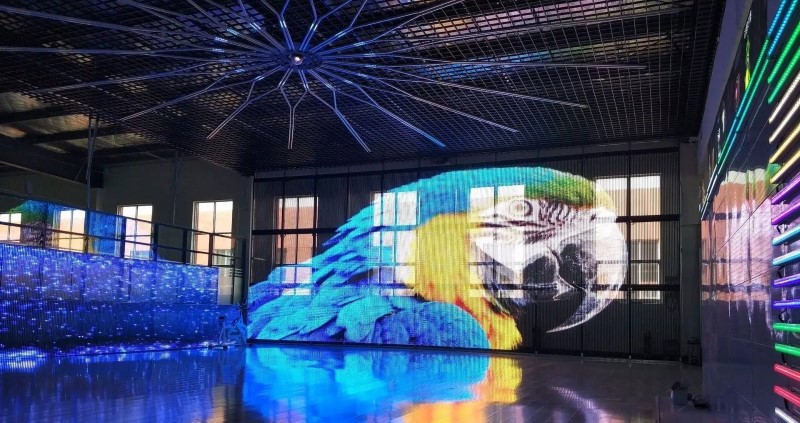A brief introduction to COB packaging (chip on board packaging, COB)However, with the development of the industry, led rental screen It will also bring us more and more consumer experiences, so that users can really feel the upgrade and change. https://szyhfled.com/
1. What is COB:
COB, or Chip-on-Board, is a cutting-edge packaging method that differs from traditional SMD (Surface-Mount Device) technology. In COB packaging, bare chips are attached directly to the PCB using conductive or non-conductive adhesive. Electrical connections are established through wire bonding, after which the chip and bonding wires are encapsulated with a protective coating. Contrary to the belief that COB eliminates the need for packaging, this method actually streamlines the production process by integrating tasks typically performed by upstream and downstream companies. This means that everything, from packaging to the creation of LED display unit modules or complete display screens, is accomplished within a single facility. This integration simplifies production management, allows for smaller pixel pitches, enhances reliability, and significantly reduces costs, making high-quality LED displays more accessible.
The COB (Chip-on-Board) light source is an advanced high-efficiency integrated surface light technology where LED chips are directly mounted onto a highly reflective mirror metal substrate. This approach eliminates the need for traditional support structures, electroplating, reflow soldering, and patch processes, effectively reducing the production process by nearly one-third and cutting costs by the same margin.
Essentially, the COB light source is a high-power integrated surface light, with its light-emitting area and dimensions customizable to fit the design and structure of the product it is used in.
cob packaging
2. Advantages of COB packaging:
1. Ultra-light and thin: Tailored to meet customer requirements, PCB boards with thicknesses ranging from 0.4 to 1.2mm can be used, reducing the weight by up to one-third compared to traditional products. This significant reduction in weight helps lower structural, transportation, and engineering costs for customers.
2. Anti-collision and pressure-resistant: In COB products, the LED chip is encapsulated directly into the recessed lamp position on the PCB board, followed by encapsulation and solidification with epoxy resin. This process results in a smooth, hard, and slightly raised spherical surface at the lamp point, making it resistant to collisions and wear.
3. Wide viewing angle: COB packaging utilizes shallow, well-spherical lighting, offering a viewing angle of over 175 degrees, nearly reaching 180 degrees. This design provides superior optical diffusion and a more uniform light effect.
4. Bendable: Bendability is a distinct advantage of COB packaging. The PCB’s flexibility ensures that bending does not damage the encapsulated LED chip. This makes COB modules ideal for creating LED curved, round, or wavy screens, perfect for personalized displays in bars and nightclubs. The modules allow for seamless splicing, and simple construction, and are more cost-effective compared to traditional display modules and flexible circuit board-based LED special-shaped screens.
5. Superior heat dissipation: COB products efficiently dissipate heat by encapsulating the LED directly onto the PCB board. The copper foil on the PCB board rapidly conducts the heat from the LED chip, while the thick copper foil and stringent gold plating processes prevent significant light attenuation. This results in minimal dead pixels and greatly extends the lifespan of the LEDs.
6. Wear-resistant and easy to clean: The lamp surface is convex, forming a smooth, hard, and wear-resistant spherical surface. If a pixel fails, it can be repaired individually. Without a mask, the surface can be easily cleaned with water or a cloth, making maintenance straightforward.
7. All-weather durability: With triple protection, COB products excel in resisting water, moisture, corrosion, dust, static electricity, oxidation, and UV light. They are built to perform under extreme weather conditions, from -30<C to +80<C, ensuring reliable operation year-round.